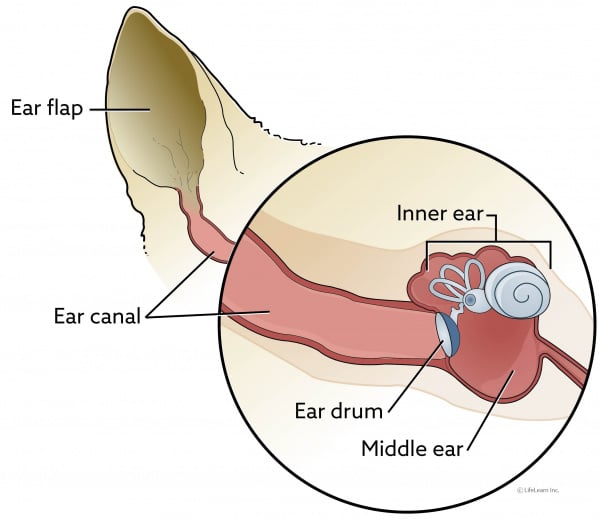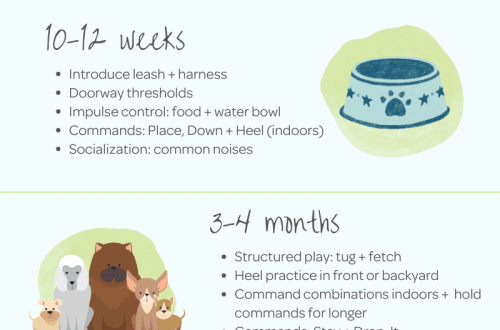
Vestibular disorders in dogs
vestibular syndrome. It may sound like something that happens to a dog in old age, but in fact, a syndrome refers to a certain condition that can occur in an animal at any stage of life. Read on to learn about this condition and what signs to look out for in order to contact your veterinarian in time.
Contents
What is vestibular syndrome?
“Vestibular syndrome” is a term commonly used to describe a balance disorder, according to the Vestibular Disorders Association. While this condition is commonly seen in older pets, it can occur in dogs of all ages, cats, humans, and any other animal species with a complex inner ear system. The vestibular apparatus is the part of the inner ear responsible for the control of balance, as shown in the illustration in Merck’s handbook of veterinary medicine. Malfunctions of this organ can cause dizziness in dogs and difficulty walking in a straight line. Wag! lists the following signs that will help you recognize the development of vestibular syndrome:
- Pronounced head tilt
- Stumbling or staggering
- Stance with an unusually wide spacing of the paws
- Lack of appetite or thirst
- Loss of coordination, loss of coordination
- leaning to one side
- Continuous circling in one direction
- Nausea and vomiting
- Movement of the eyeballs during wakefulness (nystagmus)
- Preference to sleep on the floor or other hard surfaces
It is important to note that these symptoms may indicate a more serious condition, such as a brain tumor. For this reason, you should report any sudden balance problems to your veterinarian as soon as possible.
How does vestibular syndrome develop in dogs?
Vestibular syndrome can be caused by various reasons. Most often, the exact cause cannot be found out and this condition is called “idiopathic vestibular syndrome”. Also, according to Animal Wellness, the syndrome can be caused by an ear infection (bacterial or fungal otitis media), a perforated eardrum, or a side effect of antibiotics. Embrace Pet Insurance reports that some dog breeds, such as Dobermans and German Shepherds, are genetically predisposed to the disease and may show signs of it as early as puppyhood.
The good news is that this condition is not dangerous or painful for your dog, although dizziness may cause him some mild discomfort or motion sickness. It often goes away on its own within a couple of weeks, so veterinarians tend to take a “wait and see” approach, says Animal Wellness. If the condition persists or worsens, the veterinarian will likely perform a thorough examination to determine if a more serious condition is causing these symptoms.
Prognosis and treatment
If your pet is vomiting or throwing up, your veterinarian will prescribe anti-nausea medication for them. He may also give a drip (intravenous electrolyte solutions) to a dog that cannot reach a water bowl. Unfortunately, waiting for your pet to recover is an integral part of dealing with vestibular syndrome.
At the same time, Dogster offers some tips on how to help your pet with his dizziness at home. Give him a comfortable place to rest, such as a bed with a cushion next to his water bowl. Because an unsteady dog is more likely to fallor bump into things, you can block stairs or secure sharp furniture edges. This condition can be frightening for the dog, so extra care and affection and just being around is always welcome.
The Vestibular Disorders Association recommends avoiding the temptation to carry your dog, as this can aggravate the condition. The more she walks on her own, the more opportunities her inner ear will have to do its job. Ensuring there is enough light so that the dog can see its surroundings well can help with recovery.
The bottom line is that if a dog develops symptoms of vestibular syndrome out of the blue, no matter how old it is, don’t panic. While you should report these symptoms to your veterinarian, your puppy will likely feel better in a few days and return to his normal high spirits.





